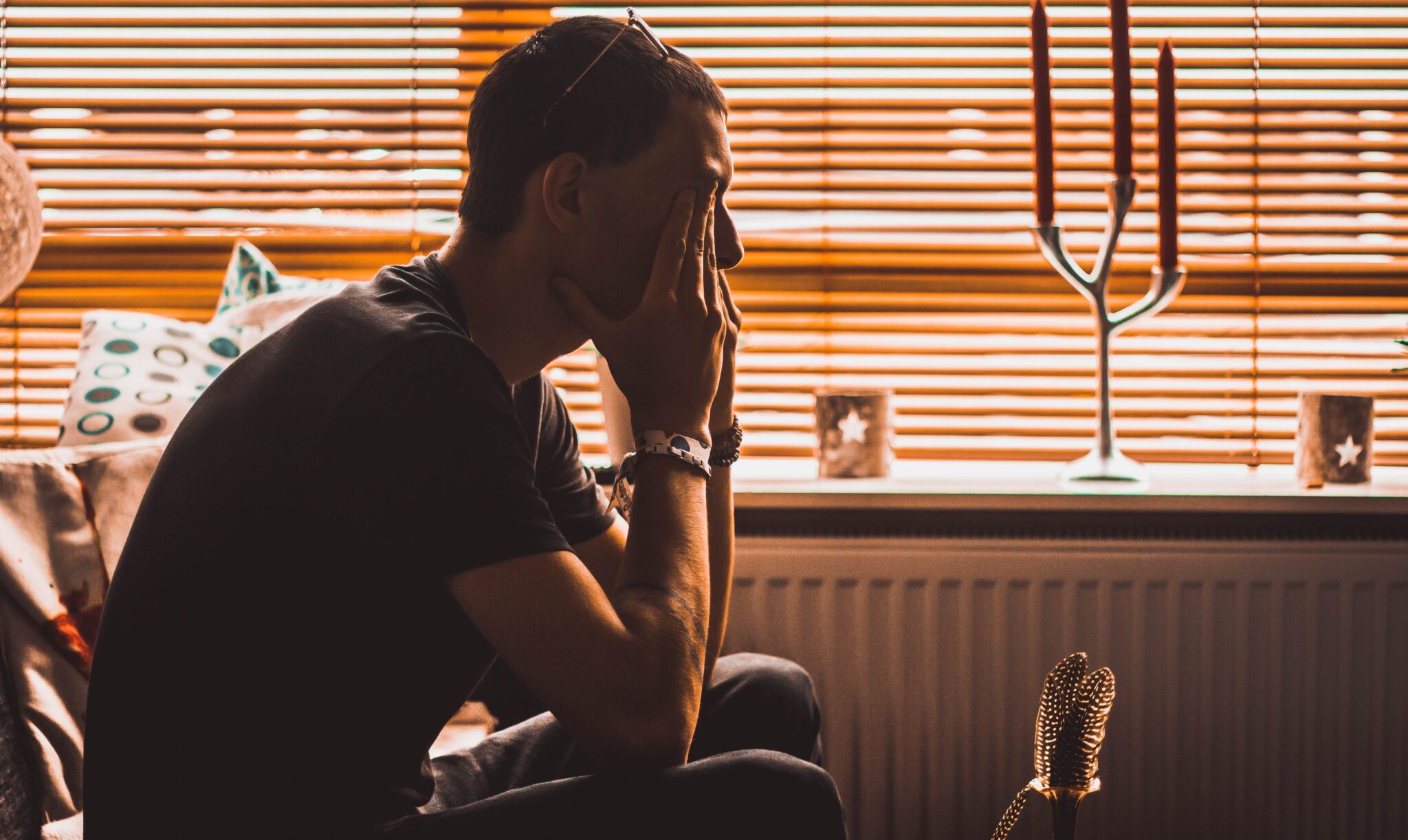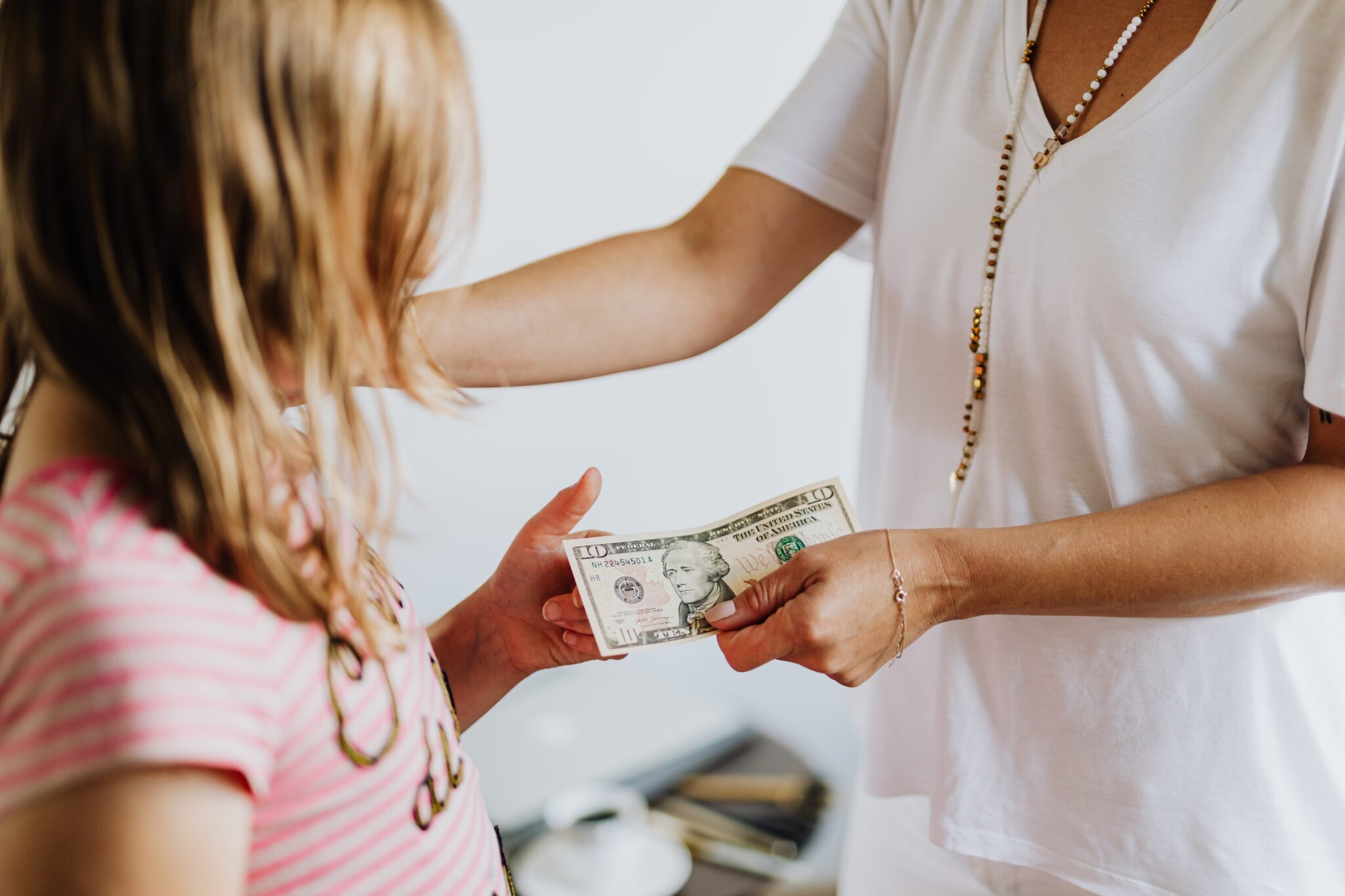One of my favorite events each year has been an opportunity to enjoy a gathering with so many good people, who are also good friends, at the annual spring fundraiser for Smile Farms. My family and I founded this nonprofit in 2015 to provide developmentally disabled adults with meaningful work opportunities at farms, urban gardens, greenhouses and farm stands.
This signature event has been a chance to mingle with friends and partners and to bring our mission to life amidst good food, music, an exciting auction and more. Launched five years ago, the fundraiser has gotten bigger and more successful each year. In fact, we had outgrown our original venue and were going to hold this year’s event at Guastavino’s, a Manhattan space that accommodates 500 people.

Due to COVID-19, we couldn’t hold the event, and we began to think more creatively as circumstances forced us to reinvent our event to meet the moment.
Under the theme “From Our Home to Yours,” we went fully virtual with a November 13 online evening. Harry & David, part of the 1-800-Flowers family, created a special dinner featuring its popular chicken pot pie and chocolate truffles that was delivered to all participants. Sponsors also got a floral centerpiece (from a florist we know!) and a really good Oregon pinot noir from Harry & David. And after the event was over, we reinforced our relationships with participants by sending everyone succulents from plants.com (run by my son James), along with a QR code that showed how to care for them.
We have always used videos to help tell the story of Smile Farms’ work, but this time, we got more ambitious by shooting brand ambassadors—our Smile Farms employees. We showed attendees our farms in a way we hadn’t before. We brought our community to life.
Smile Farms found some silver linings in our virtual event. We reduced our financial goal by nearly half, to $200,000—and then exceeded that amount by almost $100,000. Costs were significantly reduced by eliminating the in-person gathering. We were able to include people from all across the country who otherwise wouldn’t have been able to attend. And the event continued beyond the evening itself in all sorts of unexpected ways. For example, the singer Ann Hampton Callaway, who performed at the event, shared a link on her Facebook page—which prompted more than 1,000 donations from her fans alone. And, Harry & David has had requests from other groups for specialized meals for their own events.

Smile Farms isn’t alone in rethinking its signature event. It’s hard to overstate the importance of these fundraisers to the arts world, for example. Those are the moments when groups reinforce relationships with patrons, connect patrons to a group’s mission—and, often, when significant donations are made.
There are so many people getting clever during these difficult times.
The American Alliance of Museums estimates that U.S. museums lost $33 million per day due to closures at the beginning of the pandemic alone. Clearly, the forced cancellation of many black-tie fundraisers has been a major financial blow. But Artnet News reports that many are reinventing their traditional events into everything from eight-hour telethons to “benefits in a box,” in which wine, cheese and art are delivered to donors’ doors to enjoy during an online event. For some, the financial returns have been even larger than those of traditional events.
In October, Independent Curators International (ICI), a nonprofit dedicated to promoting the role of the curator in contemporary art, organized a Benefit in a Box. Limited-edition artworks and practical items designed by leading artists just for the event were part of the package, such as table linens by Ebony G. Patterson. The boxes were offered at different donation levels, from $1,000 to $25,000. Typically, ICI’s annual gala raises 25 to 30 percent of its annual budget. This year’s Benefit in a Box brought in 90 percent of what the group would have expected from a live event.
Annual benefits for many organizations, including our Smile Farms evening, weren’t swanky nights out; they’ve been something much more reflective of this COVID time. We will have opportunities down the road to get dressed up and go out again, and I hope that’s soon. But for now, we’re going to be flexible enough to keep on going despite obstacles and even innovate new ways to reach donors and do business.
If you know of, or have heard of, other organizations doing creative things during this time we would love to hear about it by emailing us at [email protected].







